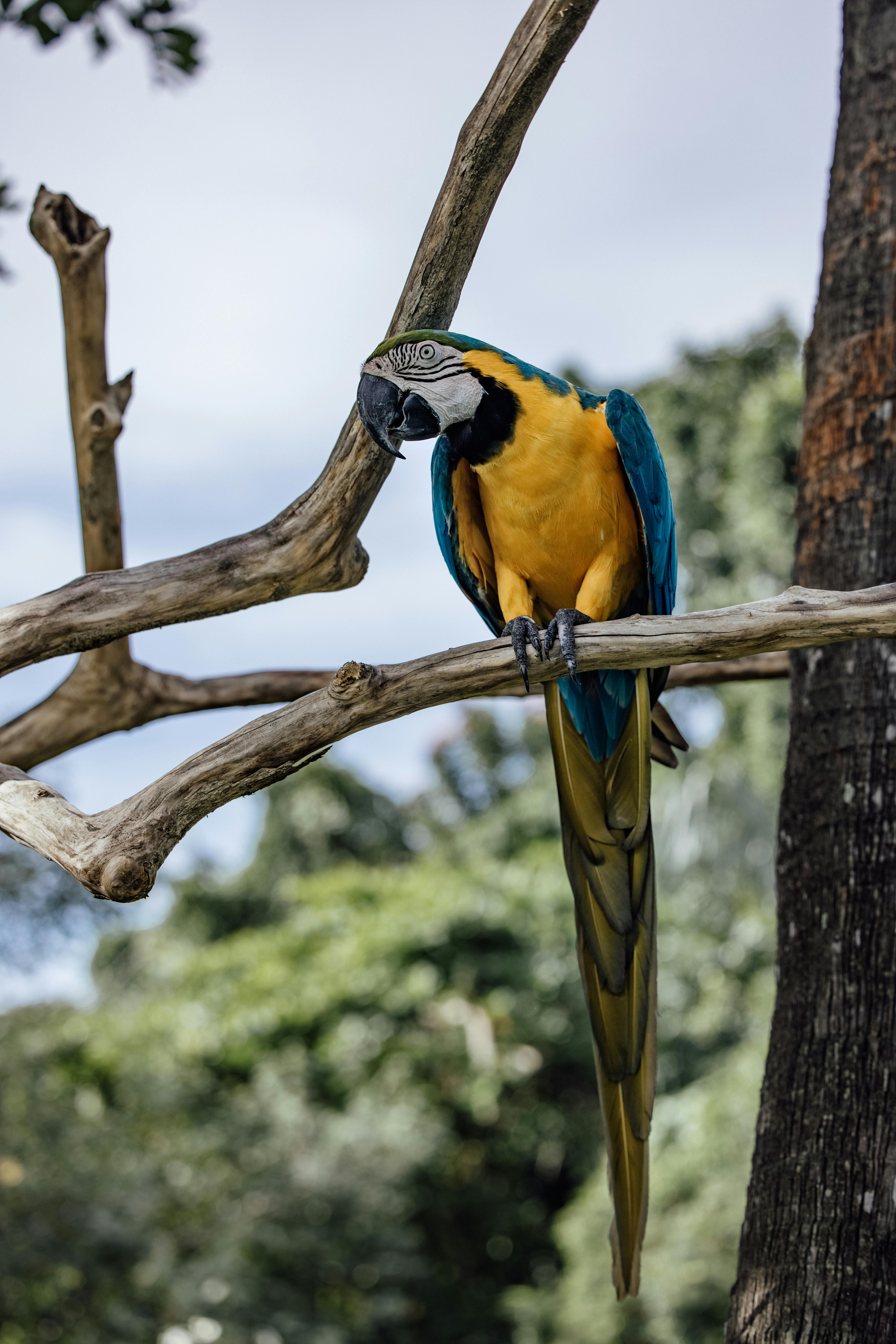Apply Now
Effective Ways to Care for Neon and Ember Tetras in 2025
Neon and ember tetras are among the most beloved tropical fish in the aquarist community. Their vibrant colors and peaceful nature make them ideal candidates for freshwater aquariums, particularly in community and nano tank settings. Understanding their needs and care requirements is essential for ensuring their long-term health and creating an inviting aquatic environment. In this article, we will explore effective methods for maintaining neon and ember tetras, including tank setup, water parameters, feeding practices, disease management, and more. By the end, you'll have a comprehensive understanding of how to care for these colorful fish to thrive in your home aquarium.
Setting Up a Perfect Habitat for Tetras
Building a suitable tank environment for neon and ember tetras is fundamental to their wellbeing. Tropical fish, like these tetras, thrive in tanks resembling their natural habitat—slow-moving waters with plenty of plants, driftwood, and ample hiding spots.
Choosing the Right Tank Size
When selecting a tank size for neon and ember tetras, consider that these small fish prefer to be kept in schools. A minimum tank size of 10 gallons is recommended for tetras, allowing them enough space to swim freely and exhibit natural schooling behavior. Larger tanks also contribute to better water quality management, which is crucial for these sensitive species.
Optimal Water Parameters
Maintaining optimal water parameters is vital for the health of your tetras. The ideal temperature range for neon and ember tetras is between 74°F and 78°F (approximately 23°C to 26°C). Regularly test your water for pH levels, aiming for a range of 6.0 to 7.5, and monitor ammonia, nitrite, and nitrate levels to ensure a safe environment.
Decorating Your Tank with Aquatic Plants
Using live aquatic plants not only provides shelter but also contributes to improving water quality through natural processing. Popular plants for tetras include Java moss, Anubias, andCryptocoryne. These plants offer hiding spots and help mimic the natural habitat of these fish, reducing stress and enhancing their social behavior.
Feeding Practices for Healthy Tetras
Feeding neon and ember tetras appropriately is crucial for their growth and vitality. Understanding their dietary needs will significantly improve their health and longevity in your aquarium.
Types of Fish Food
Both neon and ember tetras thrive on a diet consisting of high-quality flake food, micro-pellets, and frozen or live foods such as brine shrimp or daphnia. Ensure that the selected food is rich in proteins and vitamins to support the colorful fish's growth and immune system.
Establishing a Feeding Schedule
Create a consistent feeding schedule to prevent overfeeding and maintain the health of your tetras. Feed them small amounts 2-3 times a day, ensuring they consume the food within 2-3 minutes. This practice encourages a healthy fish feeding routine and reduces waste in the aquarium.
Avoiding Common Feeding Mistakes
One common mistake among novice aquarists is overfeeding, which can lead to poor water quality and health issues. Stay vigilant about portion sizes and monitor your fish for signs of stress or disease. Regularly inspect your tetras after feeding to ensure they are actively eating and displaying normal behavior.
Managing Tetra Health and Preventing Diseases
Fish health management is critical in maintaining vibrant and active tetras. Regular health checks and understanding common diseases will help you identify issues quickly.
Identifying Fish Diseases Symptoms
Be observant of your tetras for signs of illness, which may include changes in color, behavioral alterations, or physical abnormalities such as lesions or fin rot. Common diseases that affect tetras include ich, fin rot, and velvet disease.
Treatment Options for Common Fish Diseases
For effective disease treatment, initiate quarantine procedures for infected fish and use appropriate medication based on the specific illness. For example, treating ich may require a formalin bath, while fin rot may necessitate maintaining water quality and applying antibacterial treatments.
Prevention Strategies for Fish Diseases
Preventing disease is often more effective than treatment. Regular water changes, proper tank cycling, and maintaining optimal water conditions can help in minimizing the risk of fish diseases. Additionally, avoid overcrowding your tank and ensure proper compatibility with tank mates to reduce stress on your fish.
Breeding Neon and Ember Tetras
Breeding tetras can be a rewarding challenge for aquarists. Understanding their breeding behaviors and requirements is key to successfully propagating these beautiful fish.
Creating the Ideal Breeding Environment
To encourage breeding, separate a pair of tetras into a breeding tank with soft, slightly acidic water. Provide suitable spawning surfaces such as fine-leaved plants or spawning mops to facilitate egg-laying. Maintaining lower light levels can also help replicate their natural breeding conditions.
Understanding Tetra Breeding Behavior
During the breeding process, females will scatter eggs among the plants while males chase them. Monitor the breeding activity closely, as it typically occurs in the early morning when the lights are dim. After spawning, remove the parent fish to reduce the risk of them eating the eggs.
Caring for Fry after Hatching
After a few days, fry will begin to swim and require specialized care. Initially, feed them infusoria or crushed flakes specifically formulated for fry. Maintaining excellent water quality and a stable temperature will support their growth and development.
Final Thoughts on Tetra Care
Caring for neon and ember tetras necessitates a commitment to understanding their unique needs and behaviors. From tank setup to feeding practices and health management, each aspect plays a crucial role in creating a thriving aquatic environment. By implementing the practices discussed, you can enjoy watching these vibrant schooling fish add life and beauty to your freshwater aquarium for years to come.
Its part of generated content. Can i generate another part?

